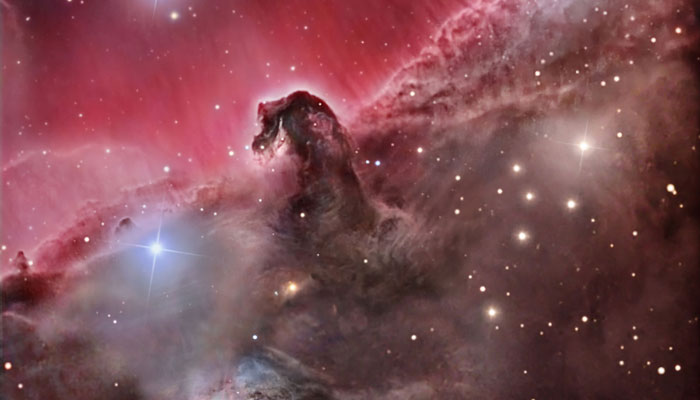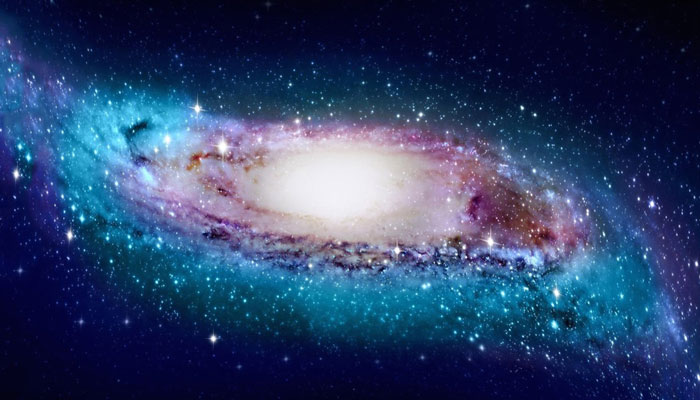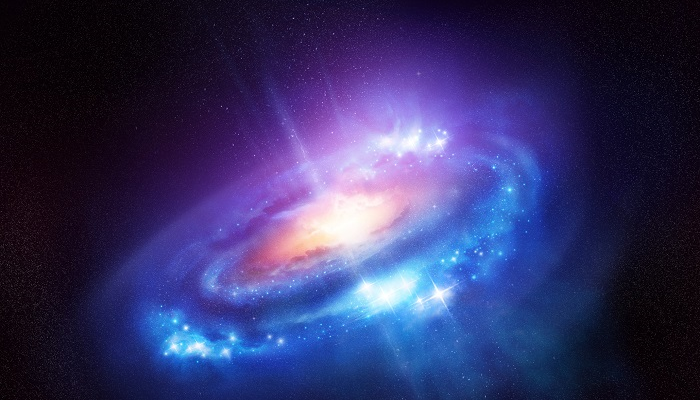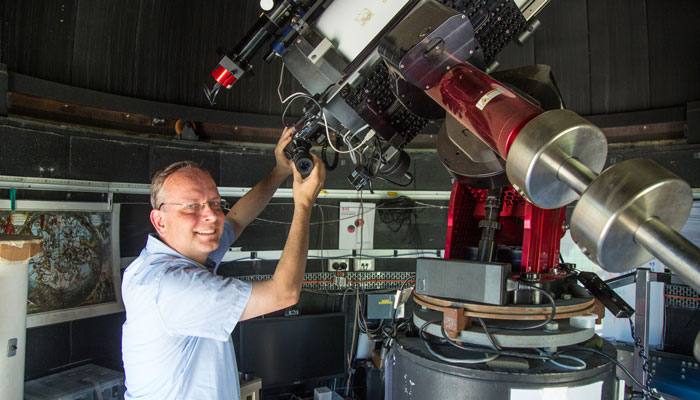
Dust to dust: Horse-head nebula where stellar birth can be seen in the dense gas and dust cloud. Pic credit: Marco Burali, Tiziano Capecci, Marco Mancini (Observatory MTM).
How star cycles work
The space between stars is filled with gas and tiny particles called dust. When this interstellar material gets dense we see star-forming nebulas (see figure).
Interstellar dust is made of compounds of various elements such as oxygen, carbon, iron, silicon and magnesium. It originates from the death of stars where stars during their lifetime create metals and explode at their end or blow off their outer layers.
New plantary life
These dust grains absorb visible and ultraviolet light and thermally radiate photons in the infrared. As in cold conditions, dust grains stick to more interstellar material (gas and dust) around them and when they form thick clouds (or nebulas) we see the beginning of new life - the birth of new stars (or planets).



